For the fourth entry for our “Ten Years of Induced Pluripotent Stem (iPS) Cells” series, which we’ve been posting all month, I reached out to three of our CIRM grantees to get their perspectives on the impact of iPSC technology on their research and the regenerative medicine field as a whole:
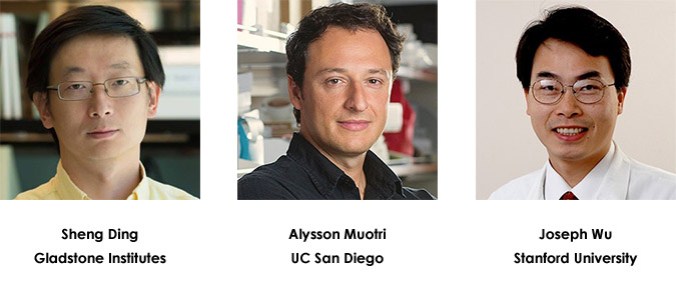 Step back in time for us to August 2006 when the landmark Takahashi/Yamanaka Cell paper was published which described the successful reprogramming of adult skin cells into an embryonic stem cell-like state, a.k.a. induced pluripotent stem (iPS) cells. What do you remember about your initial reactions to the study?
Step back in time for us to August 2006 when the landmark Takahashi/Yamanaka Cell paper was published which described the successful reprogramming of adult skin cells into an embryonic stem cell-like state, a.k.a. induced pluripotent stem (iPS) cells. What do you remember about your initial reactions to the study?
Sheng Ding, MD, PhD
Senior Investigator, Gladstone Institute of Cardiovascular Disease
Shinya had talked about the (incomplete) iPS cell work well before his 2006 publication in several occasions, so seeing the paper was not a total surprise.
Alysson Muotri, PhD
Associate Professor, UCSD Dept. of Pediatrics/Cellular & Molecular Medicine
At that time, I was a postdoc. I was in a meeting when Shinya first presented his findings. I think he did not give the identity of the 4 factors at that time. I was very excited but remember hearing rumors in the corridors saying the data was too good to be true. Soon after, the publication come out and it was a lot of fun reading it.
Joseph Wu, MD, PhD
Director, Stanford Cardiovascular Institute
I remember walking to the parking lot after work. One of my colleagues called me on my cell phone and he asked if I had seen “the Cell paper” published earlier that day. I said I haven’t and I would look it up when I get back home. I read it that night and found it quite interesting because the concept was simple but yet powerful.
How soon after the publication did you start using the iPSC technique in your own research? At that time, what research questions were you able to start exploring that weren’t possible in the “pre-iPS” era?
Ding:
I think many of us in the (pluripotent stem cell) field quickly jumped on this seminal discovery and started working on the iPSC technology itself as, at the time, there were many aspects of the discovery that would need to be better understood and further improved for its applications.
Muotri:
Immediately after the first mouse Cell paper, but I started with human cells. There were some concerns if the 4 factors will also work in humans. Nonetheless, I start using the mouse cDNA factors in human cells and it worked! I was amazed to witness the transformation and see the iPSC colonies in my dish – I showed the results to everyone in the lab.
Soon after, the papers showing that the procedure worked in human cells were published but I already knew that. Thus, I started to apply this to model disease, my main focus. In 2010, we published the modeling of the first neurodevelopmental disease using the iPSC technology. It is still a landmark publication, and I am very happy to be among the pioneers who believed in the Yamanaka technology.
Wu:
We started working on iPS cells about a couple of months after the initial publication. To our surprise, it was incredibly easy to reproduce, and we were able to get successful clones after a few initial attempts, in part because we had already been working on human embryonic stem (ES) cells for several years.
I think the biggest advantage of iPS cells is that we can know the medical record of the donor. So we can study the correlation between the donor’s underlying genetic makeup and their resulting cellular and whole-body characteristics using iPS cells as a platform for integrating these analyses. Examining these correlations is simply not possible with ES cells since no adult donor exists.
Dr. Ding, what do you think made you and your research team especially skilled at pioneering the use of small molecules to replace the “Yamanaka” reprogramming factors?
Ding:
We had been working on identifying and using small molecules to modulate stem cell fate (including cell proliferation, differentiation, and reprogramming) before iPS cell technology was reported. So when the iPS cell work was reported, it was obvious to us that we could apply our expertise in small molecule discovery to better understand and improve iPS cell reprogramming and replace the genetic factors by pharmacological approaches.
Now, come back to the present and reflect on how the paper has impacted your research over the past 10 years. Describe some of the key findings your lab has made over the past 10 years through iPSC studies
Ding:
We’ve worked on three aspects that are related to iPS cell research: one is to identify small molecule drugs that can functionally replace the genetic reprogramming factors, and enhance reprogramming efficiency and iPS cell quality (to mitigate risks associated with genetic manipulation, to make the iPS cell generation process more robust and efficient, and reduce the cost etc).
Second is to better understand the reprogramming mechanisms, that would allow us to improve reprogramming and better utilize cellular reprogramming technology. For example, we had uncovered and characterized several fundamental mechanisms underlying the reprogramming process.
The third is to “repurpose/re-direct” the iPS cell reprogramming into directly generating tissue/organ-specific precursor cells without generating iPS cell (itself, which is tumorigenic and needs to be differentiated for most of its applications). This so-called “Cell-Activation and Signaling-Directed/CASD” reprogramming approach allowed us to directly generate cells in the brain, heart, pancreas, liver, and blood vessels.
Muotri:
My lab has focused on the use of iPS cells to model autism spectrum disorder, a condition that is very heterogeneous both clinically and genetically. Previous models for autism, such as animals and postmortem tissues, were limited because we could not have access to live neurons to test experimentally several hypotheses. Thus, the attractiveness of the iPS cell model, by capturing the genome of patients in pluripotent stem cells and then guide them to become neural networks.
While the modeling in a dish was a great potential, there were some clear limitations too: the variability in the system was too high for example. My lab has worked hard to develop a chemically-defined culture media (iDEAL) to grow iPS cells and reduce the variability in the system. Moreover, we have developed robust protocols to analyze the morphology and electrophysiological properties of cortical neurons derived from iPS cells. We have used these methods to learn more about how genes impact neuronal networks and to screen drugs for several diseases.
We also used these methods to create cerebral organoids or “mini-brains” in a dish and have applied this technology to test the impact of several genetic and environmental factors. For example, we recently showed that the Zika virus could target neural progenitor cells in these organoids, leading to defects in the human developing cortex. Without this technology, we would be limited to mouse models that do not recapitulate the microcephaly of the babies born in Brazil.
Wu:
Our lab has taken advantage of the iPS cell platform to better understand cardiovascular diseases and to advance the precision medicine initiative. For example, we have used iPS cells to elucidate the molecular mechanisms of diseases related to an enlarged heart, cardiac arrhythmias, viral- and chemotherapy-induced heart disease, the genetics of coronary artery disease, among other diseases. We have also used iPS cells for testing the safety and efficacy of various cardiovascular drugs (i.e., “clinical trial in a dish”).
How are your findings important in terms of accelerating stem cell treatments to patients with unmet medical needs?
Ding:
Better understanding the reprogramming process and developing small molecule drugs for enhancing reprogramming would allow more effective generation of safe stem cells with reduced cost for treating diseases or doing research.
Muotri:
We work with two concepts. First, we screen drugs that could repair the disorder at a cellular level in a dish, hoping these drugs will be useful for a large fraction of autistic individuals. This approach can also be used to stratify the autistic population, finding subgroups that are more responsive to a particular drug. This strategy should help future clinical trials.
In parallel, we also work with the idea of personalized medicine by using patient-derived cells to create “disease in a dish” models in the lab. We then examine the genomic information of these cells to help us find drugs that are more specific to that individual. This approach should allow us to better design the treatment, testing ideal drugs and dosage, before prescribing it to the patient.
Wu:
The iPS cell technology provides us with an unprecedented glimpse into cardiovascular developmental biology. With this knowledge, we should be able to better understand how cardiac and vascular cells regenerate in the heart during different phases of human life and also during times of stress such as in the case of a heart attack. However, to be able to translate this knowledge into clinical care for patients will take a significant amount of time. This is because we still need to tackle the issues of immunogenicity, tumorigenicity, and safety for products that are derived from ES and iPS cells. Equally importantly, we need to understand how transplanted cells integrate into the patient because based on our experience so far, most of the injected cells die upon transplant into the heart. Finally, the economics of this type of personalized regenerative medicine is a daunting challenge.
Finally, it’s foolhardy to predict the future but, just for fun, imagine that I revisit you in August 2026. What key iPSC-related accomplishments do you think your lab will achieve by then?
Ding:
We are hoping to have cell-based therapy and small molecule drugs developed based on iPS cell-related research for treating human diseases. Particularly, we are also hoping our cellular reprogramming research would lead us to identify and develop small molecule drugs that control tissue/organ regeneration in vivo [in an animal].
Muotri:
We hope to have improved several steps on the neural differentiation, dramatically reducing costs and increasing efficiency.
Wu:
We would like to use the iPS cell platform to discover several new drugs (or repurpose existing drugs) for our cardiovascular patients; to replace the current industry standard of drug toxicity testing using the hERG assay (which I believe is outdated); to predict what medications patients should be taking (i.e., precision cardiovascular medicine); and to elucidate risk index of genetic variants (in combination with genome editing approach).
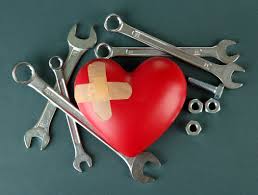


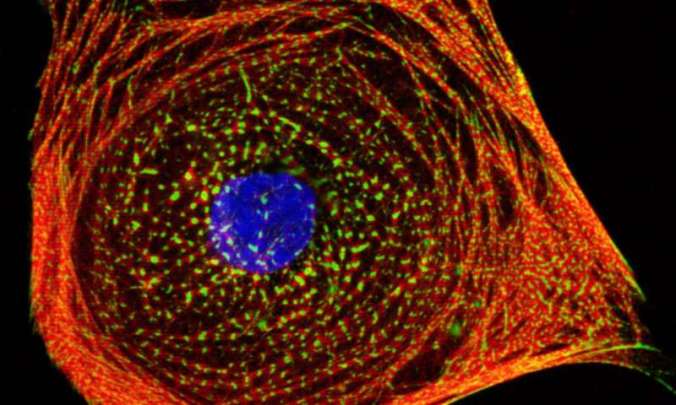
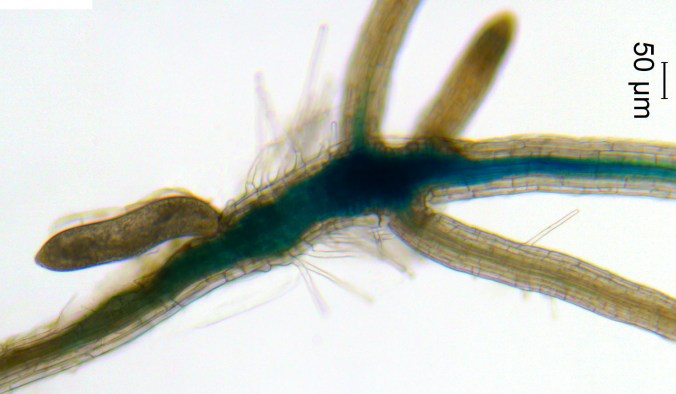




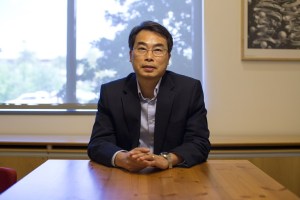



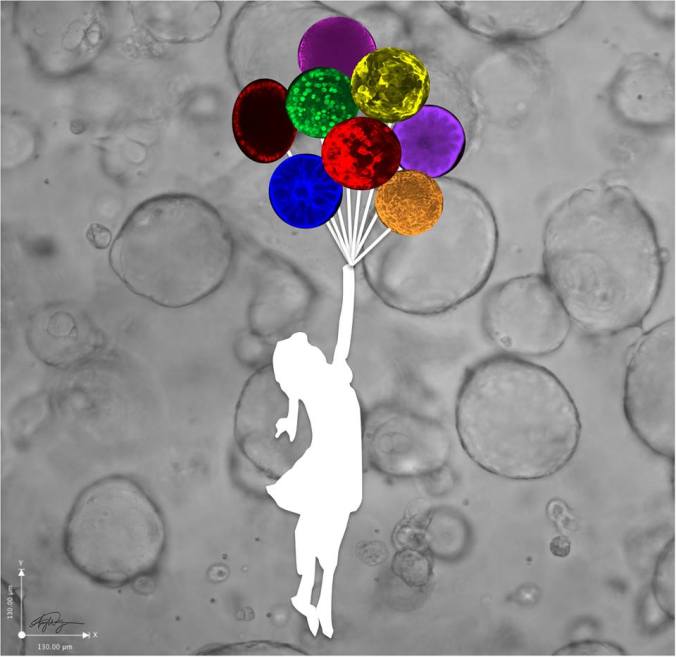

 Step back in time for us to August 2006 when the landmark
Step back in time for us to August 2006 when the landmark 



